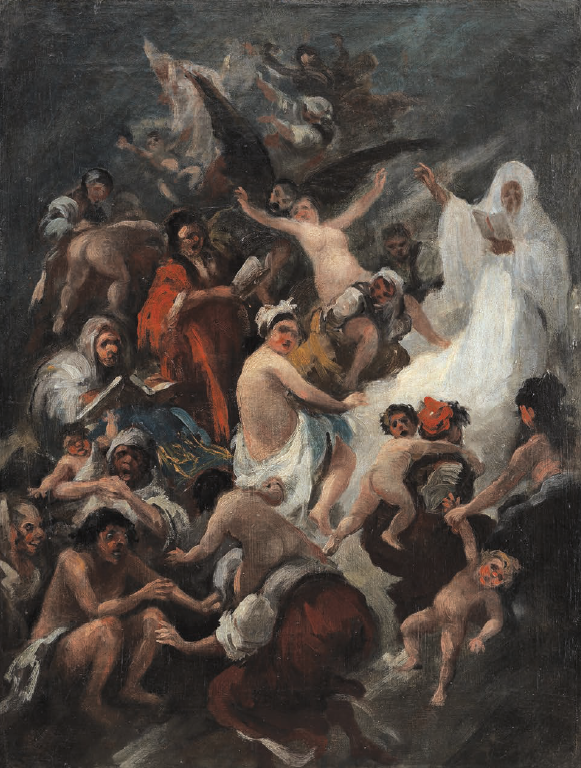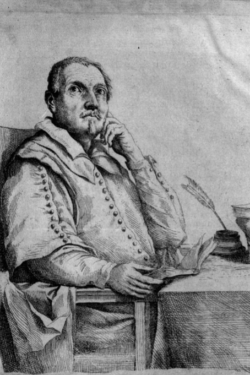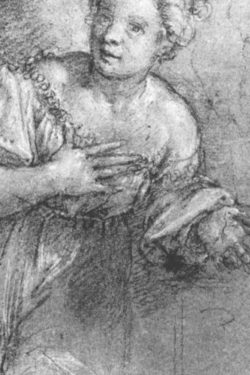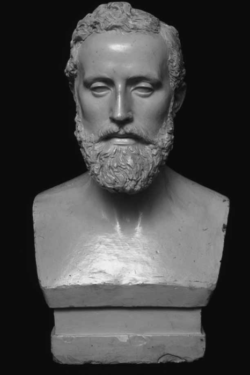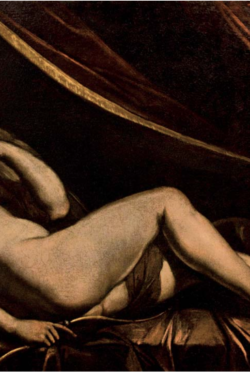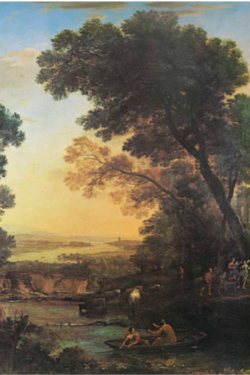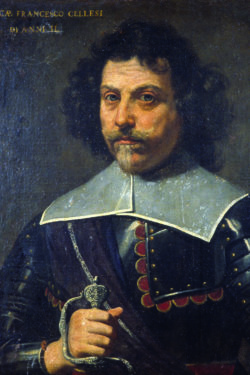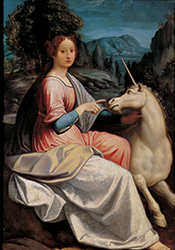Descrizione
[159] Nuova Serie 1 | 2023Storia dell’arte n. 159
Nuova Serie 1 | 2023
Non disponibile al download
Chiara Felicetti
Francisco Goya y Lucientes. Una minuscola firma dipinta e un inedito capricho allegorico
In 2005, the Paris auction house Marc Arthur Kohn sold on behalf of Drouot Richelieu a painting entitled L’Enfer with a generic reference to the XIX century. The stylistic examination and archival, historical, iconographic, diagnostic, investigation described in the paper, prove that the canvas is the work of Francisco Goya, a conclusion sealed by the unveiling of his signature. The painting dates to 1811-1812, when Goya participated in the delegitimization of the Inquisition by the Napoleonic Government and the Cortes. In its depiction of a Black Mass, probably inspired by the “crimes” of Zugurramurdi, the work is an allegory of a Spain obscured by superstition and ignorance, yet illuminated by the new ideals of the Enlightenment. A complex theme, which lends itself to multiple levels of reading, in which the literary narratives crosses, in a dia-ectical way and in a coherent logic, the great philosophical themes of the Age of Enlightenment. Remained unknown in the artist’s repertoires, the work is to be indentified with «La porte de l’Enfer (de Goya)» that in 1935 Henri des Granges Viscount of Saint-Valérie offered for sale to the Louvre.
